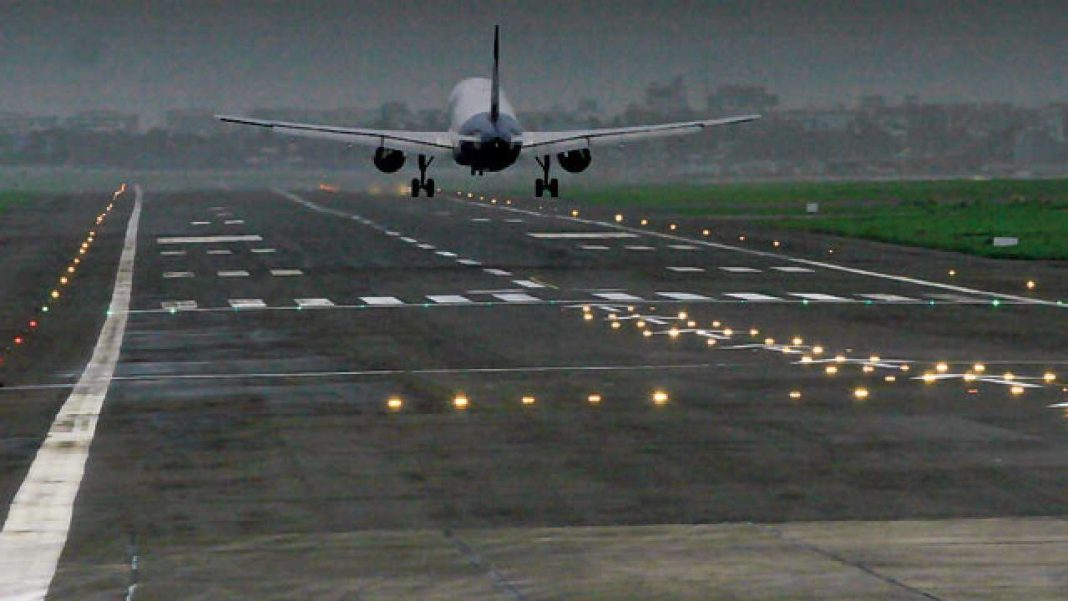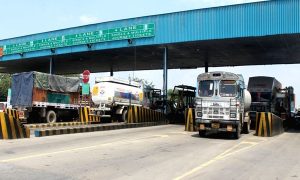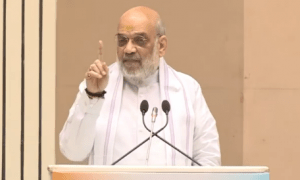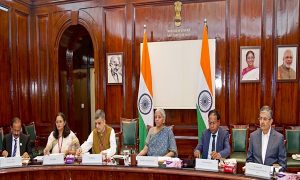The rise in demand for air travel in India is met with the same enthusiasm by the government of India. Ministry of Civil Aviation on Monday informed that the government had given ‘In Principle’ approval to setting up 21 Greenfield airports across the country.
A greenfield airport is built from scratch on a new or undeveloped site. The boost in air infrastructure can enhance the affordability of flying and increase the amount of air cargo handled in India.
An increase in number of green field airports converging with an augmented flight connectivity mechanism under UDAN (Ude Desh ka Aam Nagrik) will transform the aviation sector. Air connectivity has an economic multiplier of 3.1 and employment multiplier of 6. Promoting air connectivity to under-served and un-served regions would, thus contribute to more equitable, inclusive growth.
The ministry also informed that Directorate General of Civil Aviation (DGCA) is monitoring airfares on certain routes on a monthly basis to ensure that flights are operating on reasonable airfares.
21 Green field airports
Out of 21 airports, four airports will be set up in Bijapur, Hassan, Kalaburagi and Shimoga of Karnataka, and three airports in Navi Mumbai, Sindhudurg and Shirdi of Maharashtra. Andhra Pradesh will also get three airports in Dagadarthi, Bhogapuram and Orvakal (Kurnool).
Dabra (Gwalior) in Madhya Pradesh, Mopa in Goa, Kushinagar and Jewar (Noida) in Uttar Pradesh, Dholera and Hirasar in Gujarat, Karaikal in Puducherry, Durgapur in West Bengal, Pakyong in Sikkim, Kannur in Kerala and Hollongi (Itanagar) in Arunachal Pradesh are the other airports.
Among the airports that have received the approval, 8 airports namely, the ones in Durgapur, Shirdi, Kannur, Pakyong, Kalaburagi, Orvakal (Kurnool), Sindhudurg and Kushinagar have been operationalized. The operationalisation of these airports would pin a vast territory on the national aviation map across the country, especially the north east providing a strong aerial connectivity. The development will have a multiplier effect on the hospitality, tourism and local economy. The long-term implications include development of the industrial infrastructure, and a spur in manufacturing and export.
The responsibility of implementation of airport projects including funding of the projects rests with the concerned airport developer including the respective State Government (in case the State Government is the project proponent).
UDAN
Launched on April 2017, Regional Connectivity Scheme (RCS)-UDAN (Ude Desh ka Aam Nagrik) was conceived to promote regional air connectivity by making flying affordable for the common citizen. The central idea of the scheme is to encourage airlines to operate flights on regional and remote routes through enabling policies and extending incentives.
In the last 5 years, 409 routes and 66 airports have been operationalized under the UDAN scheme and over 90 lakh people have benefitted from it. Over 1 lakh 75 thousand flights are flown under this scheme.
Gorakhpur and Varanasi, two popular destinations in Uttar Pradesh were connected on March 27 through UDAN. A day after, direct flight between Indore and Jammu was flagged-off. Now Indore is connected to 22 cities.
100 New Airports by 2025
The government is committed to construct 34 new airports taking the total number of airports to 100 new airports in India with 1,000 new routes under UDAN RCS scheme by the year 2025. The government plan to invest $1.83 bn in the development of airport infrastructure by 2026.
Currently, the country has 130 operational airports including 29 international, 91 domestic, and 10 custom airports.
In third phase of UDAN, the civil aviation ministry introduced seaplane operations from water aerodromes. So far 14 water aerodromes have been identified in the states of Gujarat, Assam, Telangana, Andhra Pradesh, Andaman and Nicobar Islands and Lakshadweep.




























 WhatsApp us
WhatsApp us